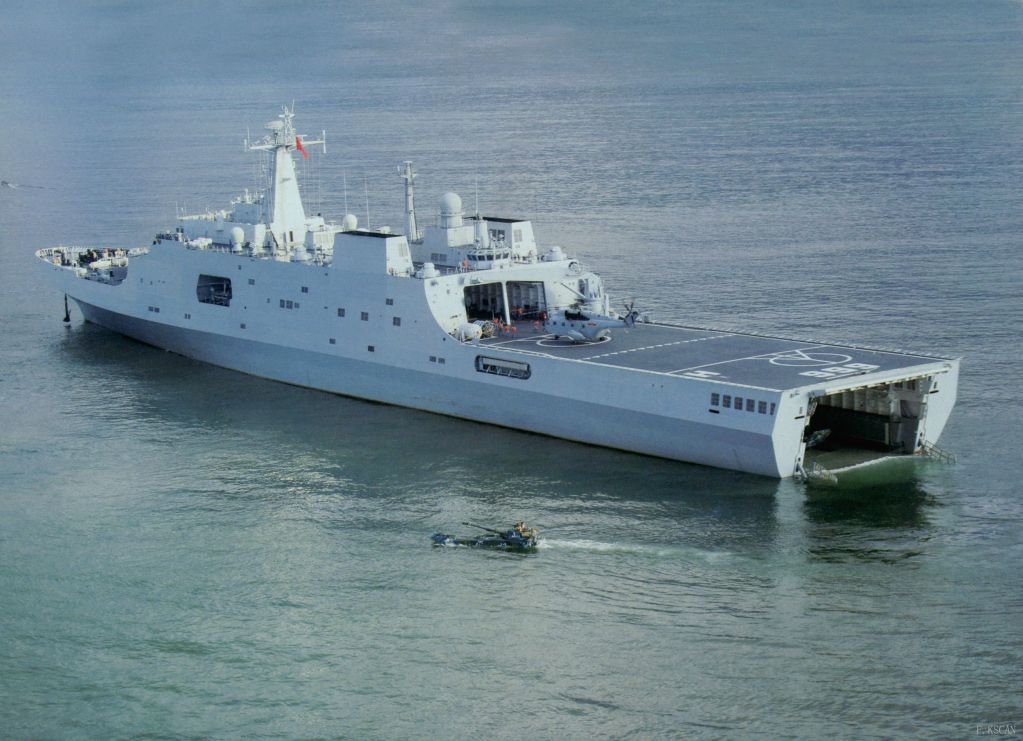No, it most definitely is not.The attempt to introduce new "connectors" is a desperate attempt to whitewash that downgrade of USMC amphibious capability.
The connectors are not a desperate attempt to whitewash anything associated with the AAV, You simple are mistaken in this. The LCACs need to be replaced with or without new AAVs. That's what the connectors are for...a replacement for the LCAC.
The Chinese have their own LCACs and I believe some day will field a successful design.
The Chinese already have a strong capability with the amphibious armored vehicles...each of their IFV versions carry very few soldiers. US doctrine is for the AAVs to carry a lot more troops and to protect them in to and immediately on shore,. Using them in an urban environment as an IFV was not their intended function and they are not designed for that role. It is a mistake, IMHO, to use them like that. But that us beside the point and not a part of this discussion.
My point in bringing up the three ways the US transports troops to shore amphibiously is simply to show that the Chinese are already working on two of those methods with their own amphibious program. I also believe they would be wise to develop an LCU capability...particularly with their current slow development of the LCAC.
Last edited:


